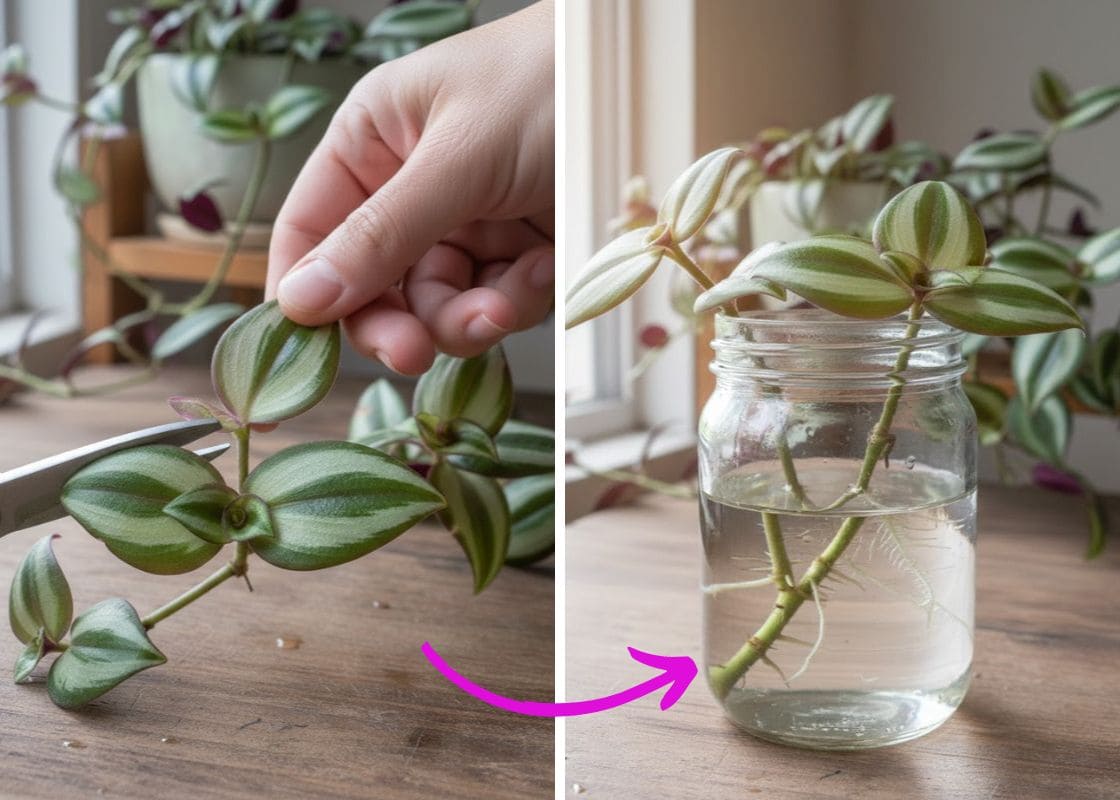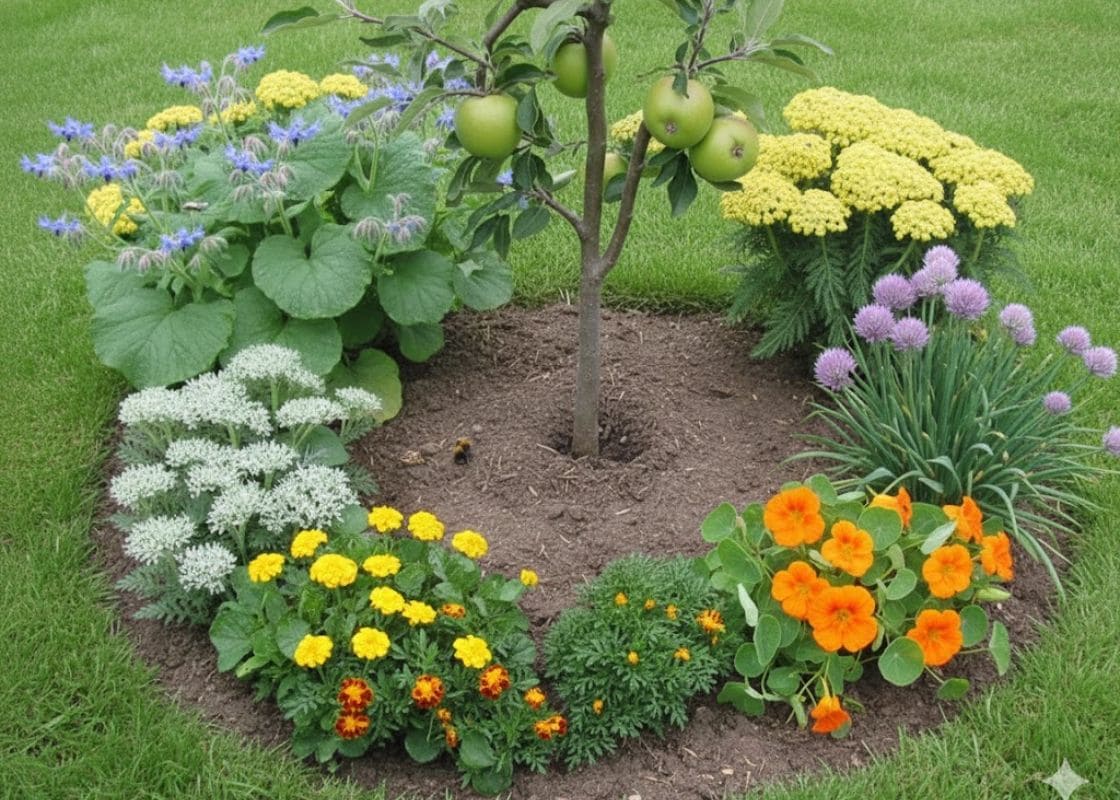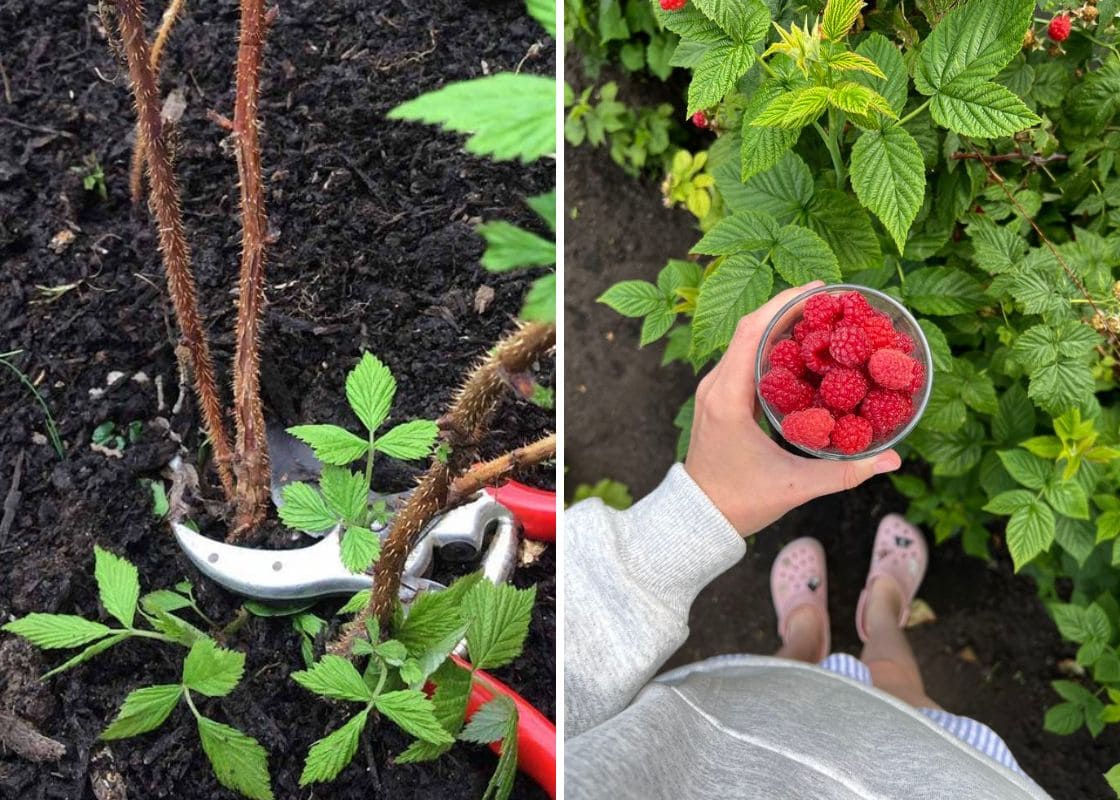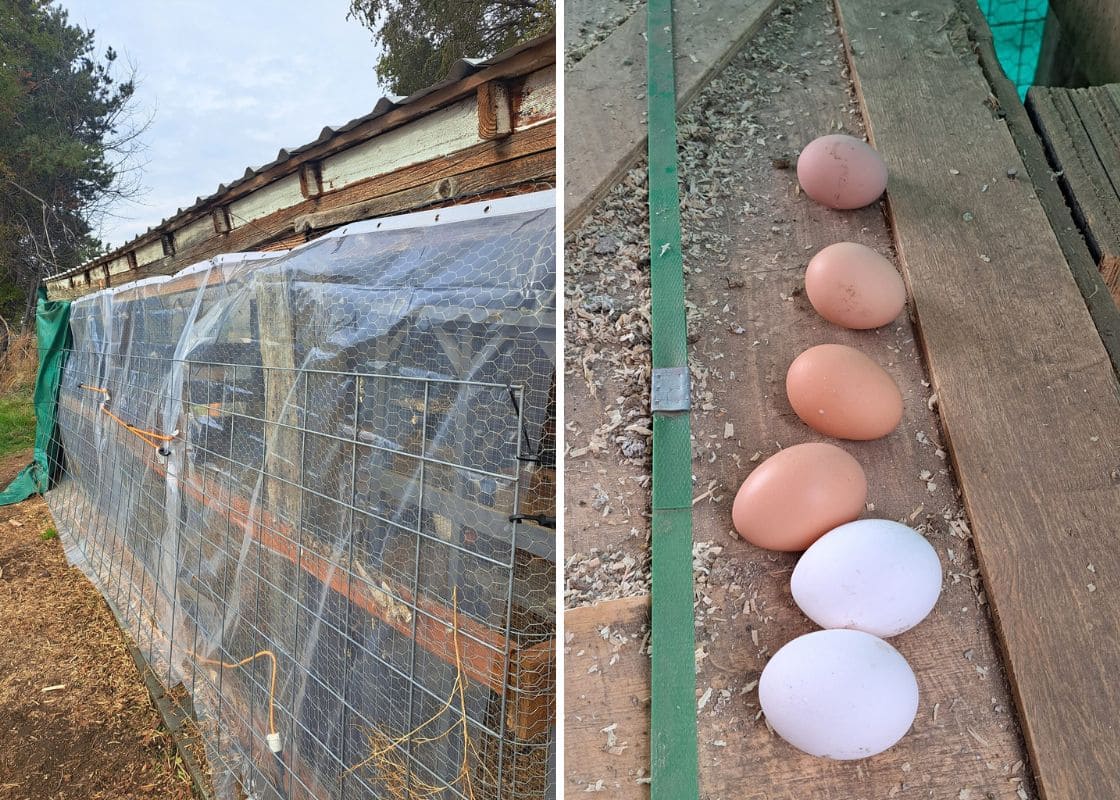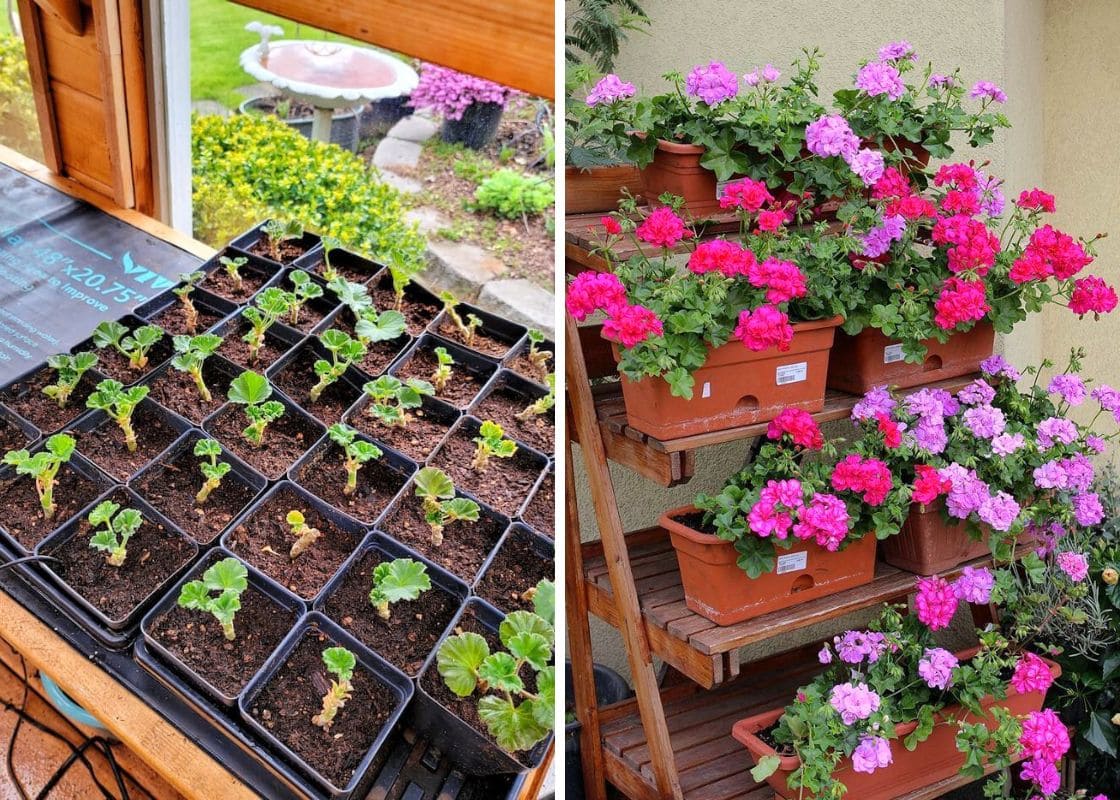In fall, gardens and landscapes often burst with the vibrant blooms of mums. These flowers with their striking colors from sunny yellows and fiery reds to deep purples and crisp whites epitomize autumn’s beauty.
Mums bloom when many other plants are winding down, they provide a much-needed burst of color and life. However, as robust as they appear, mums can sometimes challenge gardeners by wilting or appearing lifeless, especially after a long, hot summer or a particularly wet season.

| Scientific Name | Chrysanthemum |
| Common Name | Mums, Chrysanthemums |
| Plant Type | Perennial |
| Height | 1 to 3 feet |
| Flower Color | yellow, white, red, purple, pink, orange |
| Bloom Time | Late summer to fall |
| Hardiness Zones | 5-9 |
| Soil Type | Well-draining soil |
| Water Requirements | Moderate |
| Light Requirements | Full sun to partial shade |
Is My Mum Dead or Dormant?
If the stems are brittle and snap easily, or if the roots are black and mushy, your mum is likely dead.
In contrast, a dormant mum appears lifeless but may have healthy roots underground. You can check the firmness and smell of its root; healthy roots are white or light-colored and firm. So, they will sprout new growth in spring.
How to Bring Mums Back to Life
Pruning and Cleaning
When pruning mums, you should use sharp, clean pruning shears. Trim away any dead or wilted parts and make your cuts at a 45-degree angle.
By removing dead or wilted flowers, leaves, and stems, you’re helping your mums redirect their energy to produce vibrant, new blooms. Plus, pruning helps prevent the spread of diseases and pests.
In addition, you should remove any debris and dead plant material from the base of the plant to improve air circulation and make your garden look tidier.
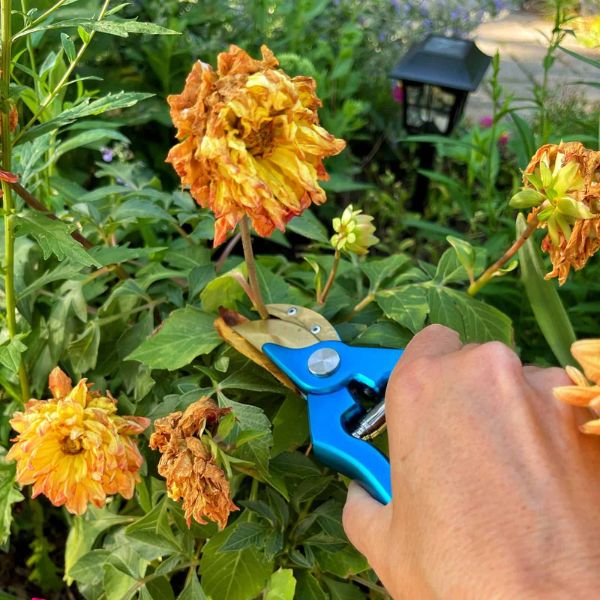
Watering
The once vibrant petals are now a crispy brown and the culprit is a lack of water.
To rescue your thirsty mums, start by checking the soil moisture. Stick your finger about an inch deep into the soil near the plant’s base. If it feels dry to the touch, it’s definitely time to water.
During the hot summer months, mums might need watering every other day, but as the weather cools in fall, you can reduce the frequency.

Soak the soil thoroughly so that water penetrates deeply into the ground as the roots are the plant’s lifeline. However, be careful not to overdo because it can lead to root rot.
Replanting or Repotting
I remember one autumn when my mums looked wilted despite my best watering efforts. Digging them up, I discovered their roots were bound and struggling.
First, I gently remove your mums from their current spot and prune away any damaged roots. If you notice black, mushy roots, this indicates root rot, often caused by overwatering.
If you’re repotting, choose a pot that is slightly larger than the previous one and has good drainage holes. I like to use a combination of potting soil, perlite, and compost to ensure good drainage and nutrient availability.
For replanting in the garden, select a location that receives plenty of sunlight, ideally six hours a day, and has well-draining soil. Dig a hole slightly larger than the root ball of your mum, place the plant in the hole, and fill it with soil, then press down gently and water well to settle the roots.
Pest and Disease Control
Common pests affecting your mums include aphids, spider mites, and caterpillars. Aphids are small and can be green, black, or red, while spider mites are even tinier and often leave webbing on the plant. Caterpillars, on the other hand, chew on the leaves, leaving visible holes.
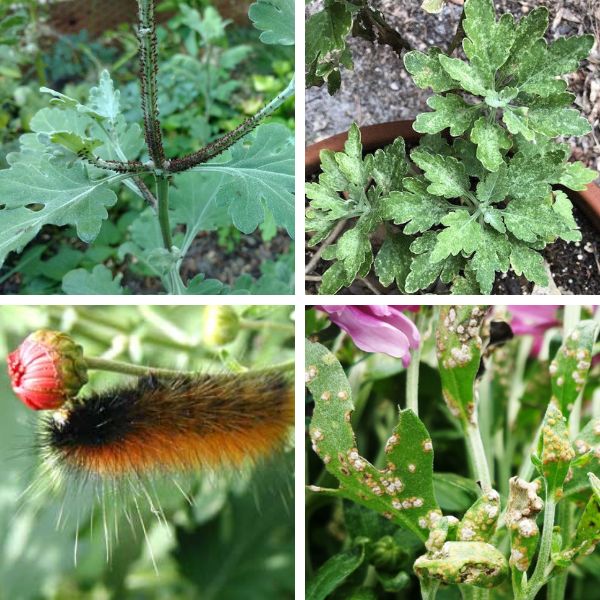
For pest control, I prefer using natural treatments. A strong blast of water can dislodge many pests, and neem oil is an effective organic solution. However, if the infestation is severe, consider using insecticidal soaps or systemic insecticides.
Although mums contain pyrethrin to control diseases, it faces powdery mildew and botrytis with white, powdery spots or gray mold on flowers and leaves. Therefore, you need to remove affected parts of the plant and apply fungicides or bactericides.
Providing Optimal Conditions
Ideally, they should get at least six hours of direct sunlight each day. When they don’t get enough light, they become leggy and produce fewer blooms. If your mums are in a shaded spot, consider relocating them to a sunnier area.
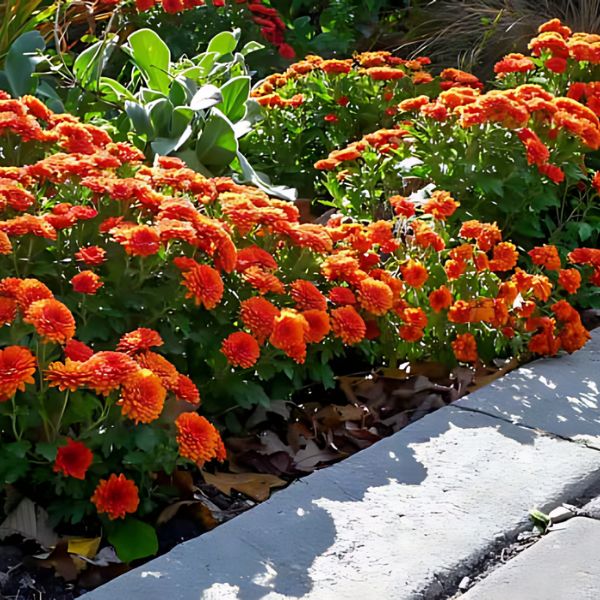
In addition, you need to know that they flourish best in temperatures between 60°F and 70°F. During unexpected heatwaves, provide extra water and some shade to prevent stress.
Protecting from Frost
One year, I lost a whole batch of mums because I underestimated the first frost’s impact.
If you have potted mums, the easiest solution is to move them indoors or to a sheltered location. It’s a bit of effort, but it’s well worth it when you see your mums continue to thrive indoors.
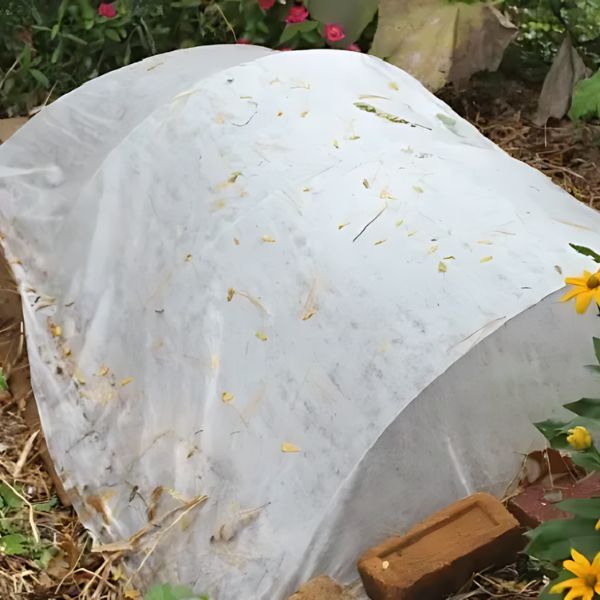
For mums planted directly in the garden, you should keep a stash of old blankets and specialized frost cloths ready as soon as the temperatures start to dip. In the morning once the temperature rises, remove the coverings to let the plants breathe and soak up sunlight.
Improving Soil Quality
Mums enjoy rich, fertile soils and have good drainage. You can amend the soil with well-rotted manure around your mums to boost the soil’s fertility and give mums the nourishment.
Moreover, you should test the soil regularly, usually once a year. Based on the results, you can adjust your fertilizing and composting routines to keep the soil in optimal condition.

Fertilizing
Apply a layer of organic mulch, such as shredded leaves or straw to conserve soil moisture, moderate temperature fluctuations, and suppress weeds.
At this time you should avoid fertilization as it can harm the dormant roots. Instead, wait for next spring and apply a balanced fertilizer with equal parts nitrogen, phosphorus, and potassium to promote healthy foliage and vibrant blooms.
Remember that over-fertilizing can be just as harmful as under-fertilizing. I typically mix the fertilizer with water and apply it to the soil around the base of the plants and not splash it on the leaves.
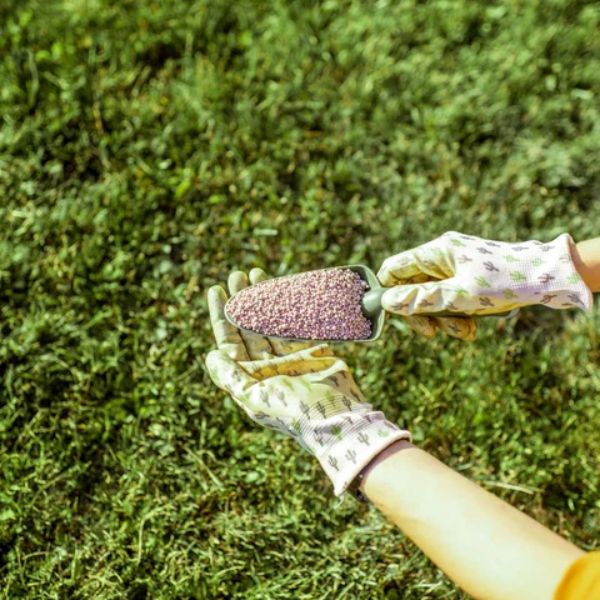
FAQs
What to do with dead potted mums?
If your dead potted mums are disease-free, you should make use of them to do DIY compost.
Why do mums turn brown?
Mums can turn brown due to several reasons: underwatering, overwatering, poor soil drainage, nutrient deficiencies, or exposure to frost. Regularly checking soil moisture, ensuring good drainage, fertilizing properly, and protecting from frost can help prevent browning.
What should I do with my potted mums after they bloom?
You should deadhead the spent flowers to encourage new growth and prevent the plant from wasting energy on seed production. Continue to water and fertilize your mums, and consider repotting them into a slightly larger pot with fresh soil.


